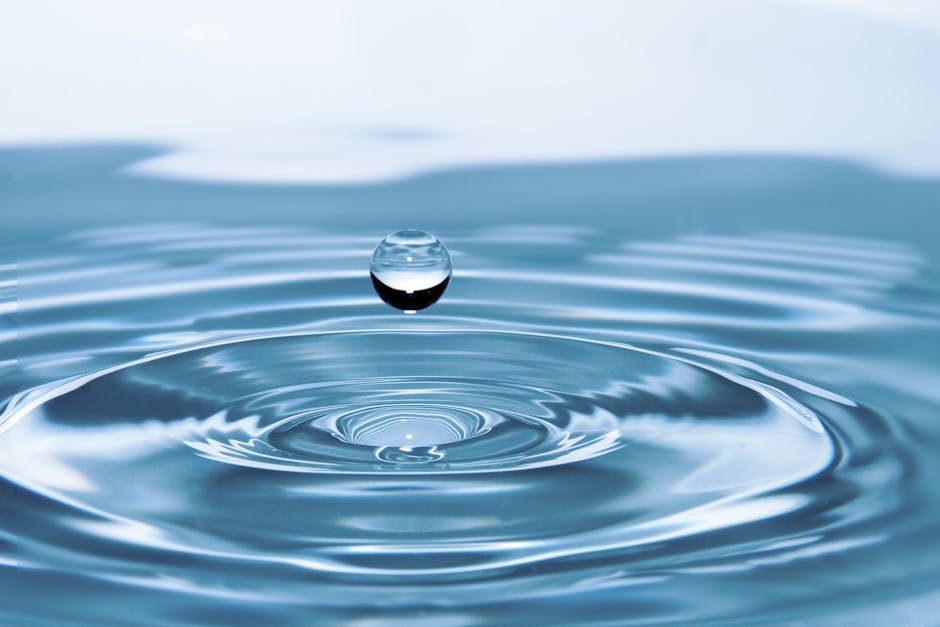 Everything You Need to Know About Liquid Level Sensors
Everything You Need to Know About Liquid Level Sensors
If you work in any industry that involves the storage or usage of liquid, then you know how important it is to monitor the levels of the liquid. This is where liquid level sensors come into play. Liquid level sensors are used to detect and measure the level of liquid in a container. In this article, we will discuss everything you need to know about liquid level sensors.
A liquid level sensor is an instrument that is used to measure the level of liquid in a container. It is a device that can be either contact or non-contact based. Contact-based liquid level sensors come in direct contact with the liquid, while non-contact based liquid level sensors do not touch the liquid, but use different technologies to measure the level. These technologies include ultrasonic, radar, optical or capacitive methods.
There are different types of liquid level sensors available in the market. Some of the most commonly used types include point level sensors, continuous level sensors, and multi-level sensors. Point level sensors are used to detect the presence or absence of liquid at a specific point, while continuous level sensors can monitor the level of the liquid continuously. Multi-level sensors can detect the level of liquid at several points in a container.
Liquid level sensors serve various purposes in different industries. For instance, in the food and beverage industry, liquid level sensors ensure that the ingredients are mixed in the right proportions. In the oil and gas industry, liquid level sensors are used to monitor the level of oil and gas in storage tanks. In the pharmaceutical industry, liquid level sensors are used to measure the level of medication in different containers.
Liquid level sensors are not maintenance-free. They require regular maintenance and calibration to ensure they are functioning correctly. Regular calibration ensures that the sensors are providing accurate measurements. Additionally, the sensors must be cleaned regularly to ensure that they operate correctly. Failure to maintain the sensors can result in inaccurate readings, which can lead to costly errors.
When choosing a sensor for the level of a liquid, there are a few things that need to be taken into consideration. The type of liquid being measured, the purpose of the measurement, and the needed level of precision are some of these factors. In addition to these things, you need to take into account the temperature at which the machine is functioning, the viscosity of the liquid, and the pressure inside the container. Because of the significant difference in viscosity between water and oil, a level sensor that is suitable for a water storage tank may not be suitable for an oil storage tank.
To summarize, liquid level sensors are indispensable pieces of equipment for anyone who needs to determine how much liquid is contained within a container. Because there are many distinct kinds of sensors accessible, it is essential to choose the one that is most appropriate for the task at hand. In addition, the sensors need to be calibrated and maintained on a consistent basis in order to ensure that they deliver accurate results. In conclusion, liquid level sensors play an important part in a variety of industries, including the pharmaceutical industry, the food and beverage industry, the oil and gas industry, and other industries.
